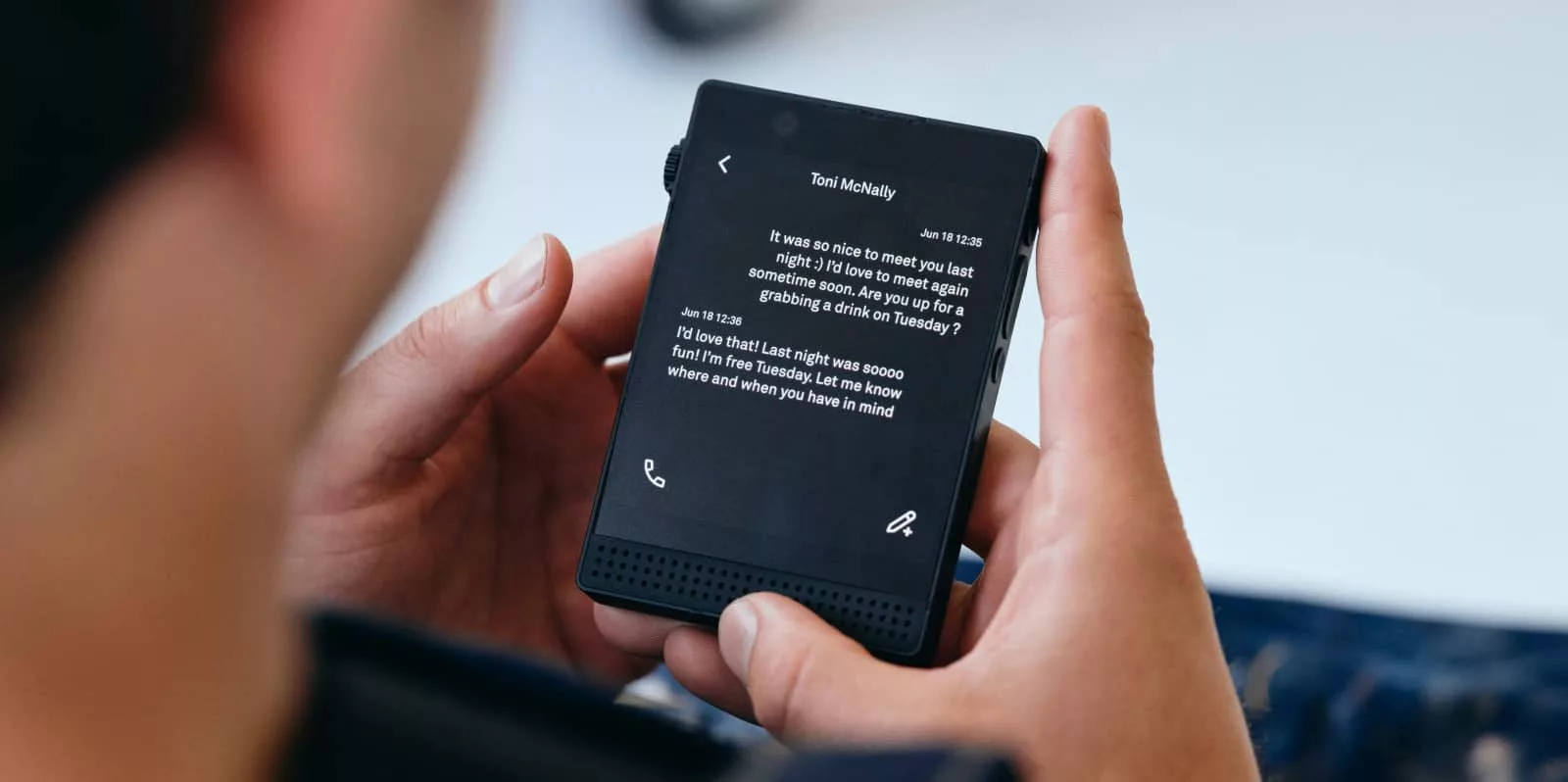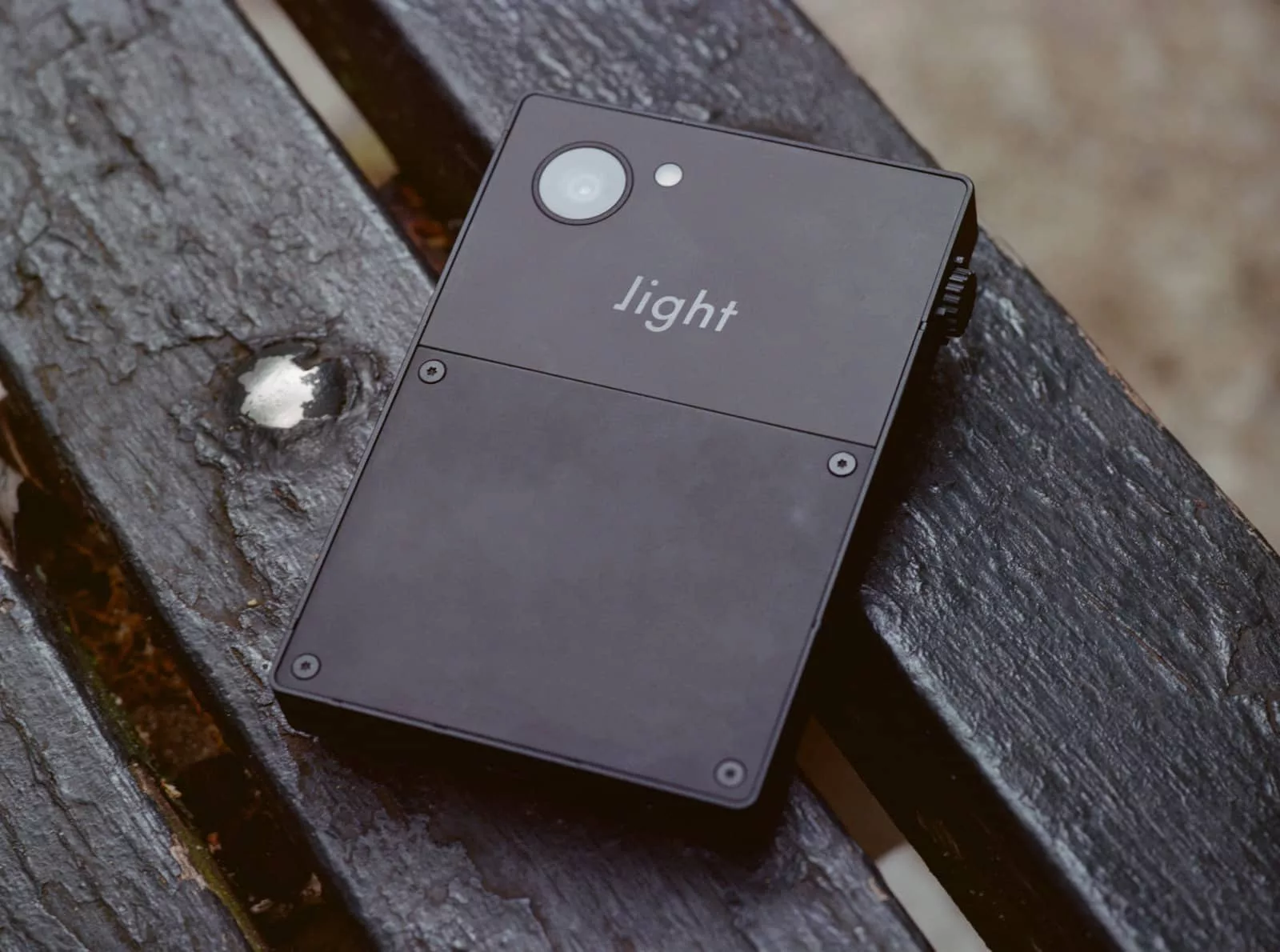There are plenty of reasons to move to a dumbphone, but if you don’t want to sacrifice quality for capability, Light Phone’s upcoming mobile will be of interest.
We live in a world of smartphones, of devices that not only serve multiple purposes — like replacing our wallets and cameras and music players — but that also let us browse the vast world of apps and websites and social media services aplenty.
Yet that doesn’t match the needs of everyone. Big screens on the modern phone may well be what many people want, but others can see phones as time wasting gadgets, of screens that you stare into with seemingly endless scrolls of content and social platform and apps and games and so on.
It’s for reasons like this that some are taking the plunge of a digital detox, and switching to a dumbphone.
A device built to service lesser needs, dumbphones are also called “feature phones”, largely because they have limited numbers of features. The screens are smaller and typically not touchscreens, the camera quality lower, and the sorts of things you can do with them largely stick to calls, messaging, and very limited social, often stuck at WhatsApp and little else. They can be fairly basic.
But a stripped back phone doesn’t necessarily have to be basic. It could be minimalist and functional, working in your life like the best phones, yet built in a way that discourages you from wasting your time simply staring into it at all hours.
That seems to be some of the inspiration in an upcoming model from relatively newcomer “Light Phone”, a brand that has previously built phones with e-ink screens designed to replace smartphones that can let you still engage with life.
The company calls that time away from your phone “going light”, and it’s what the brand is talking about with the Light Phone. Specifically, it can still function as your phone, and not necessarily feel prohibitive in the way a dumb phone can.

The latest model is perhaps its most intriguing.
Set for arrival in 2025, the Light Phone III is a compact device with a 3.92 inch OLED screen. That’s about the screen size of the classic iPhone 5, but the bezels of the Light Phone III appear tighter, so the phone would likely be smaller than what Apple made back then. Times have changed.
There are major differences than just the size, though.
The screen is OLED and yet runs a black and white interface. It’s like an electronic ink screen from an eReader, but will improve the performance in refresh time due to it not actually being an eInk screen.
From a hardware point of view, there’s a reasonable amount there, almost describing mid-range of mobiles in Australia at this point. The phone will support 6GB RAM, 128GB storage, and a Qualcomm Snapdragon 450 chip, while media capabilities include a 50 megapixel camera on the back, 8 megapixel at the front, stereo speakers, and two mics to help cut back on noise. There’s even a dedicated camera shutter button and a fingerprint sensor in the power button.
The Light Phone III will also come with IP54 water resistance, but it’s designed to be small and light, offering a fairly comfortable 124g size in a phone made to be compact.
Despite its compact nature, it’s a little thick compared to today’s conventions, hitting 12mm, though it does include a unique way of controlling the screen, with a wheel on the side similar to what’s found on high-end media players for volume control.

This play on design is part of what makes the Light Phone so intriguing: you’ll use your phone differently for the things that matter, but shouldn’t need to spend so much time wasted on the phone experience itself.
The phone itself technically runs Android, but with a customer version called “Light OS” built by the company to minimise the experience. That may mean app support for the apps people need could be expanded over time.
And that’s handy, because the phone itself is geared at being used for a long time, complete with a battery compartment with screws more or less encouraging you to open it up and replace the battery later on.

As for pricing, the Light Phone III does appear to be a little more expensive than other mobiles, possibly because of just how custom it is. In America, the early pre-order state as the mobile set for $399 USD, with an expected launch price of $799 USD, both prices without shipping.
Unfortunately, there’s no price or availability for the Light Phone III in Australia, meaning Aussies keen to grab this thing may either just want to wait for local distribution, or spend up to get the US price before someone inevitably finds a way to launch the phone locally.
Locally, Light Phone also notes the mobile is compatible with Optus and Vodafone, but less so with Telstra, so you might want to take that into consideration, too.






